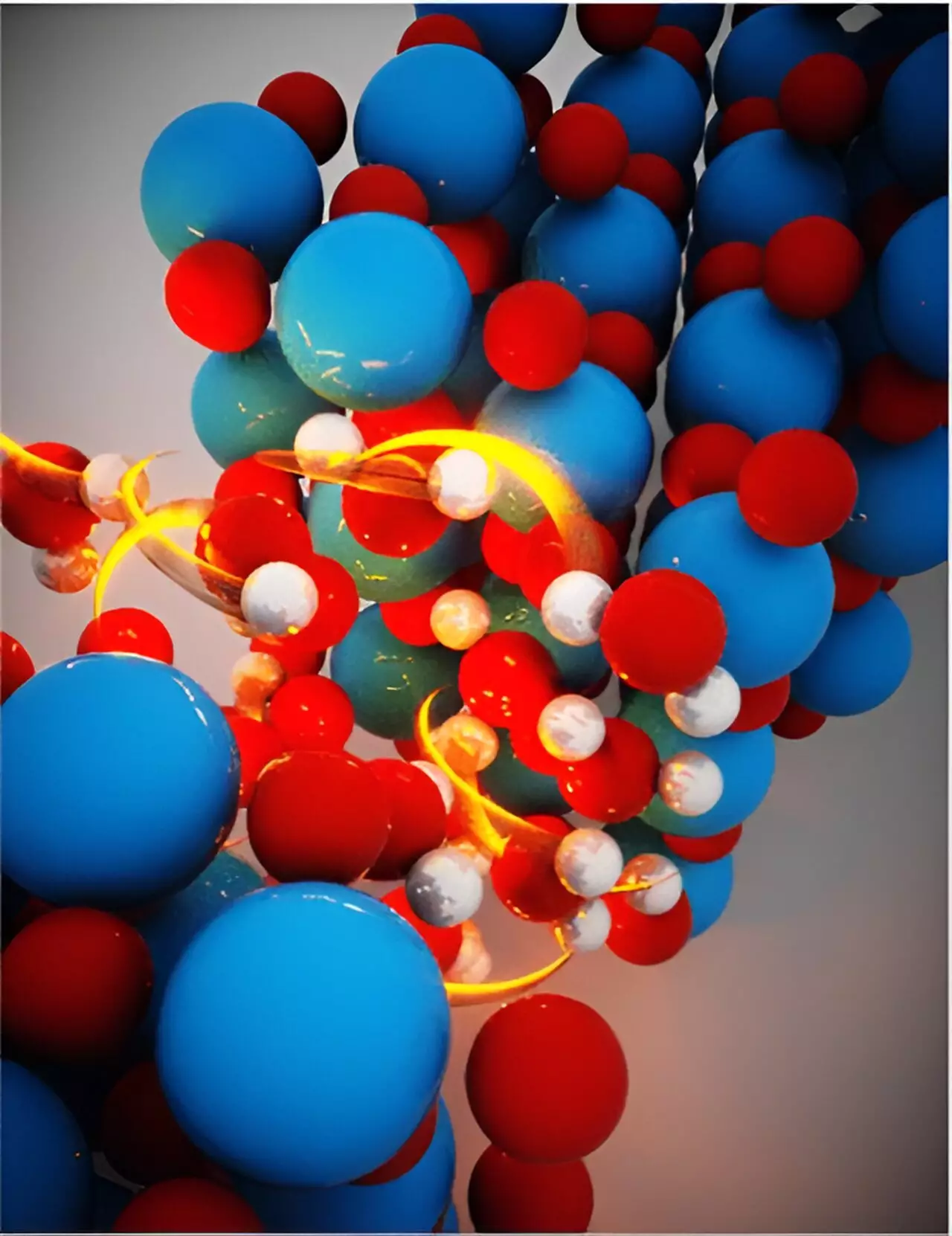Researchers at Lawrence Livermore National Laboratory (LLNL) have recently made a groundbreaking discovery that could revolutionize the efficiency of hydrogen production through water splitting. This research, which was published in ACS Applied Materials & Interfaces and featured on the journal cover, provides fresh insights into the behavior of water reactivity and proton transfer under extreme confinement. This opens up potential strategies to enhance the performance of electrocatalysts for hydrogen production while also safeguarding the catalyst from degradation.
Hydrogen production via photoelectrochemical water splitting has long been hailed as the “Holy Grail” of electrochemistry. However, the widespread deployment of this technology hinges on the development of an active, durable, and cost-effective electrocatalytic system. Collaborating with Columbia University and the University of California, Irvine, LLNL scientists have devised a novel approach to enhance the balance between activity and durability of electrocatalysts. By encapsulating the catalyst with ultrathin and porous titanium dioxide layers, they have managed to improve the system’s performance.
The researchers at LLNL have built upon previous work done by the Columbia team, led by Daniel Esposito. They found that nanoporous oxides covering platinum nanoparticles could enhance the durability of the system without compromising its catalytic activity, contrary to common beliefs. This nanoporous structure also enhances the selectivity by favoring water splitting reactions over competing processes. By leveraging advanced molecular dynamics (MD) simulations with a machine learning potential derived from first-principles calculations, the LLNL team was able to delve deeper into the reactivity mechanisms.
The simulations conducted by LLNL scientists uncovered that water confined within nanopores smaller than 0.5 nanometers exhibits significantly altered reactivity and proton transfer mechanisms. Specifically, they observed that confinement reduces the activation energy for proton transport, leading to more frequent proton transfer events and rapid proton transport. This crucial insight could open up avenues for optimizing porous oxides to enhance the efficiency of hydrogen production systems by fine-tuning the porosity and surface chemistry of the oxides.
According to Hyuna Kwon, a materials scientist at LLNL, this study represents the collaborative efforts of three DOE centers and underscores LLNL’s commitment to improving renewable hydrogen production technologies. By bringing together expertise from different institutions and leveraging cutting-edge simulation techniques, the researchers have unlocked new possibilities in the realm of hydrogen production. Other co-authors from LLNL include Marcos Calegari Andrade, Tuan Anh Pham, and Tadashi Ogitsu.
The recent discovery by LLNL researchers provides a fresh perspective on boosting the efficiency of hydrogen production through water splitting. By encapsulating electrocatalysts with nanoporous oxides and leveraging advanced simulation techniques, they have uncovered novel mechanisms that could pave the way for more effective hydrogen production systems. This breakthrough underscores the importance of collaborative research efforts in driving innovation and advancing sustainable energy solutions.


Leave a Reply